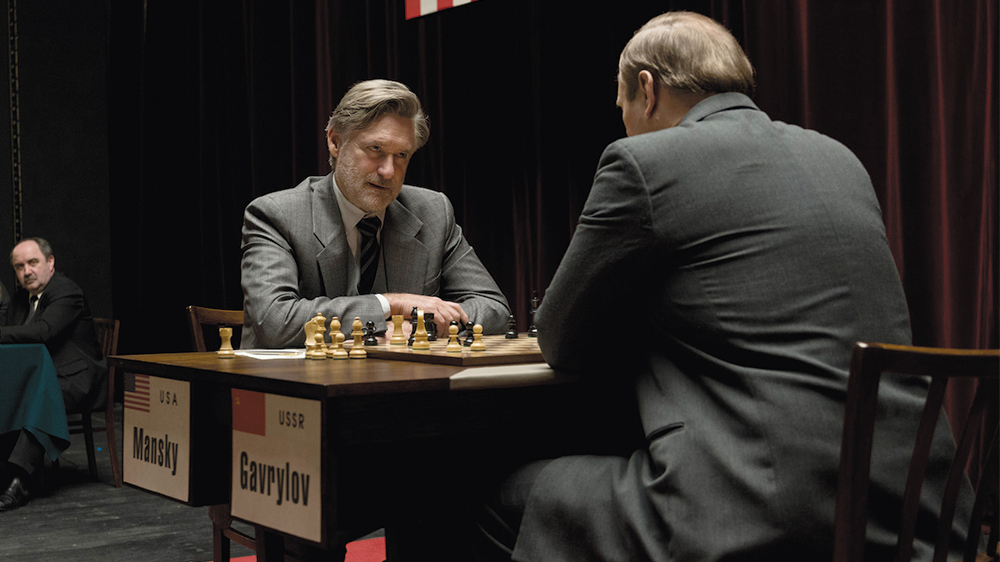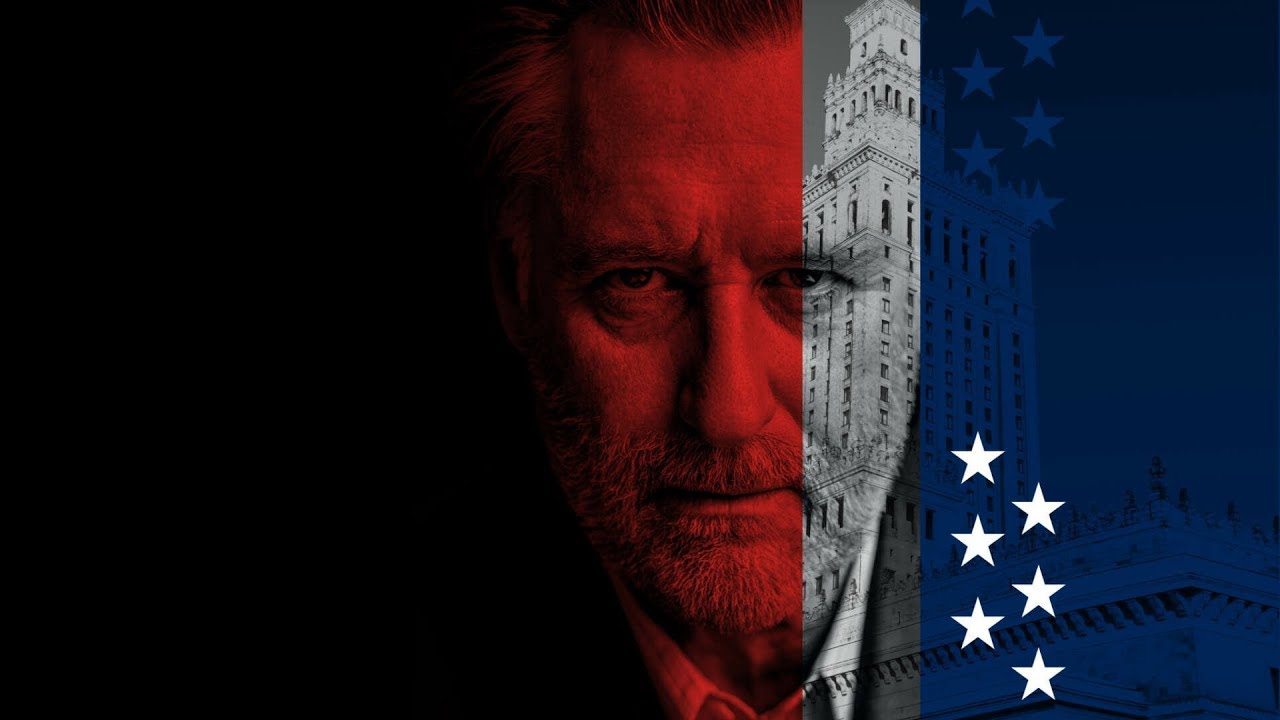All countries employ spies. They need it to gain intel on their enemy states, and also to make sure their friends are not going to change sides or cook up something against them while they are not looking. Hollywood has created some of its own iconic spy figures, but what the audience is really interested in are the real stories. With so many things going on in the world, we don’t know about most of the missions that secret services pull off.
The governments or the agencies or the spy themselves, sometimes, release these stories for public knowledge years later. This is why, whenever an espionage drama is released, we wonder about its reality. The same question goes for Netflix’s Cold War drama, ‘The Coldest Game’. To find out how close it comes to real life, read on.
What is The Coldest Game About?
Set in 1962, the film follows the story of a mathematician who is brought to Poland to play for America against a Soviet chess champion. Despite his personal struggles, Joshua Mansky succeeds in winning the first round. However, with the next round, he discovers that there is a lot more at stake and he might have to do much more than just win a game.
Is The Coldest Game Based on a True Story?
No, ‘The Coldest Game’ is not based on a true story. The film does take into account the political upheaval of the time but puts a fictional spin to it. “The chess match, the Cuban crisis, President Kennedy and Secretary Chruszczow were real. The Palace of Culture and Science is still towering over the centre of Warsaw. We hope that the fusion of fact and fiction, the emotions and the intrigue between the two chess masters, as well as secret service agents of two empires, will give the viewers an unforgettable experience”, director Łukasz Kośmicki said.
What is The Coldest Game Inspired By?

While the director has confirmed that the movie is not based on real events, there are things that remind one of certain events that were marked down in history books. The chess match in the film takes place in 1962, but the one from real life that people remember is the one that took place in 1972 between challenger Bobby Fischer of the United States and defending champion Boris Spassky of the Soviet Union. Taking place in Iceland, the World Chess Championship was called the Match of the Century.
For a long time, the title had been held by a line of Soviet players, but Fischer changed that. His win of the World title was considered “a crushing moment in the midst of the Cold War” by the former champion, Garry Kasparov. By that time, the situation between American and Soviet Union had started to settle down. The worst part of the Cold War was over, but still, the match held great importance for both countries and was considered a matter of pride.
The political significance of it brought the pressure on both the players, the kind of which we find Mansky and Gavrylov subjected to. If Kośmicki didn’t exactly base the story on this event, he surely must have used it as a reference to set the ground for the characters.
Another thing that you might have found unreal is the use of a hypnotist by the Soviets to distract Mansky. It does seem a rather ridiculous thing, but the strategy is not an alien move for chess players. For example, the match between Anatoliy Karpov and Viktor Korchnoi in 1978 became infamous for that. During the match, Korchnoi complained that a man in the audience was trying to distract him. He described him as a “peculiar person”. It was later revealed that the man was a military psychologist and a part of Karpov’s team.
Read More: The Coldest Game Ending, Explained

